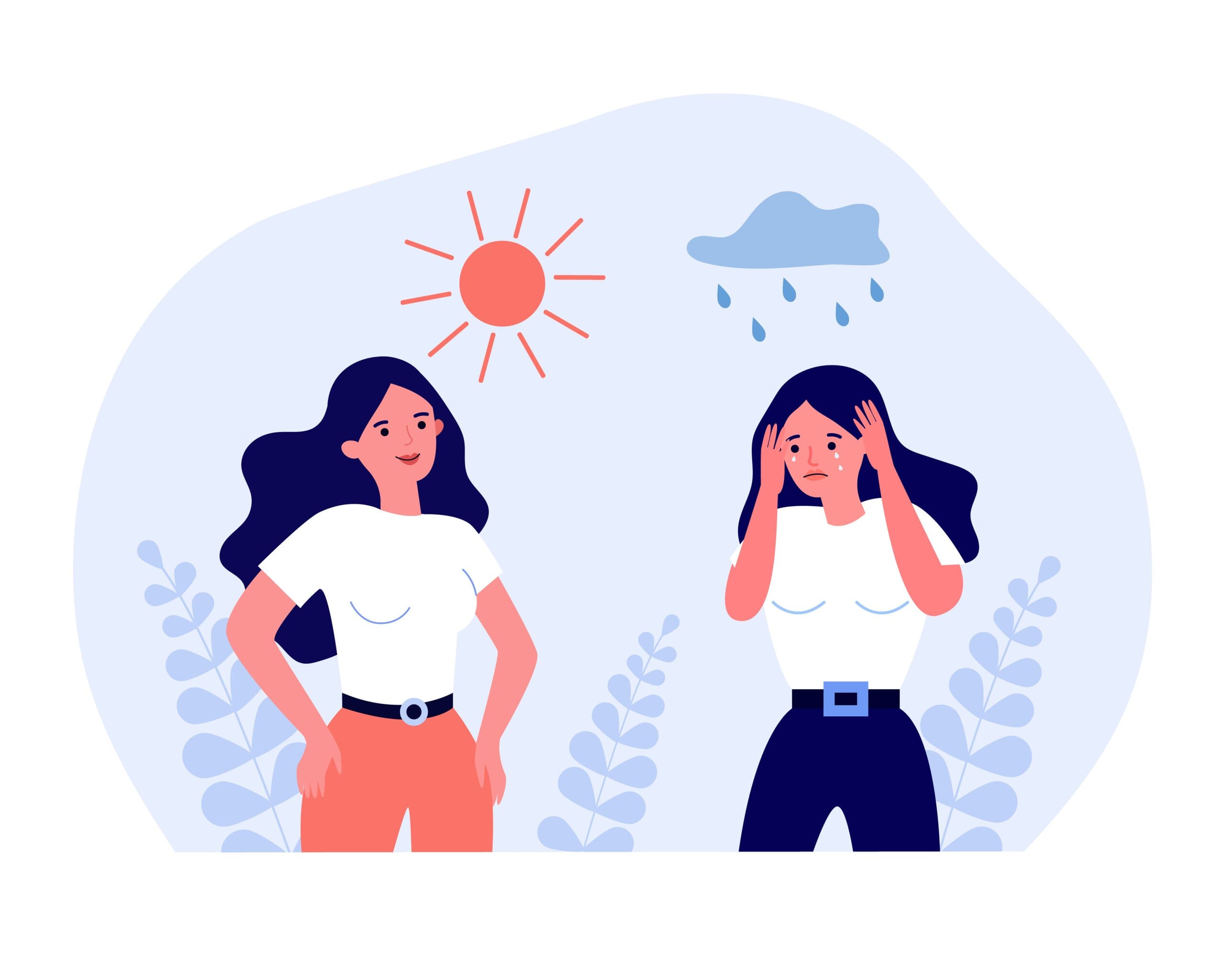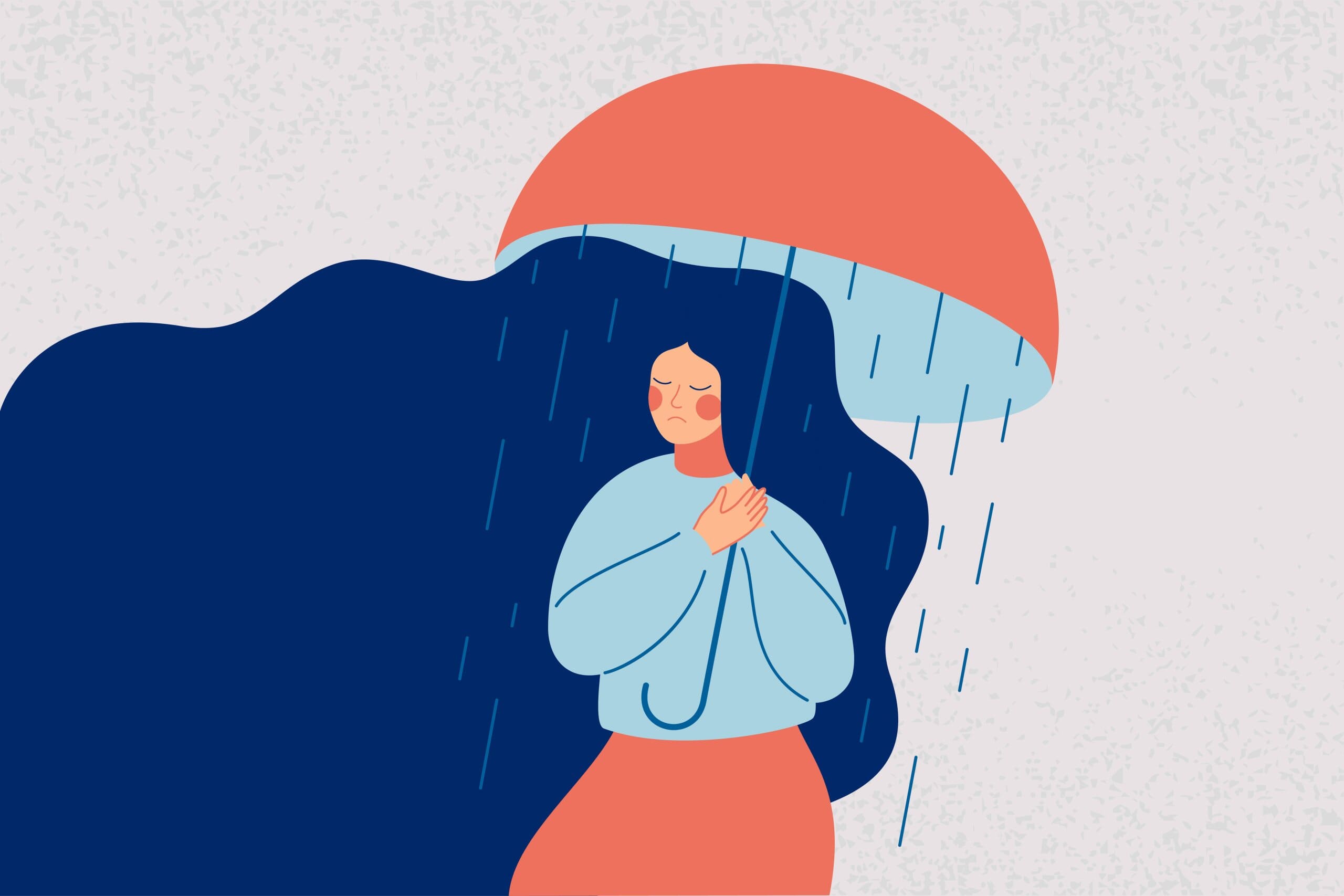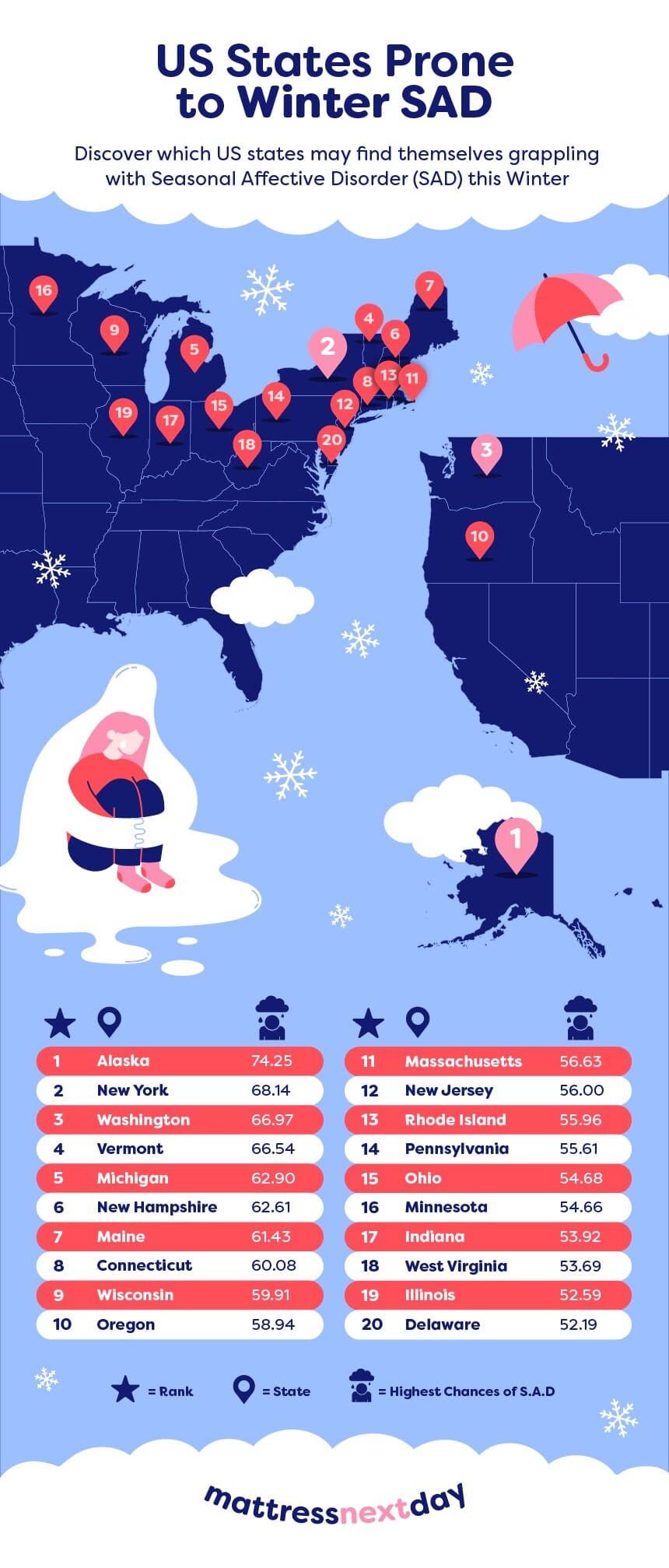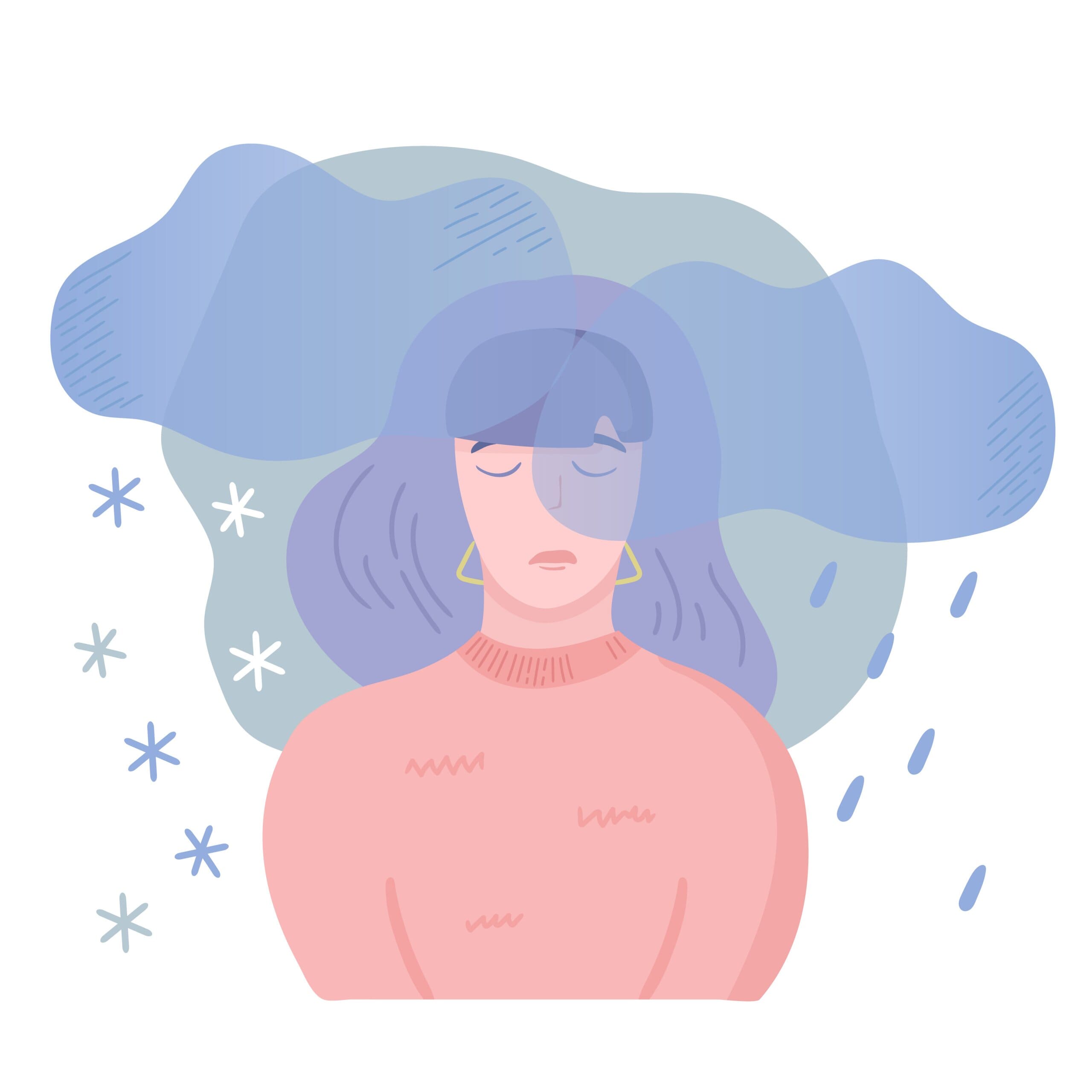We’re officially heading into winter, and that means that not only do the days get colder, but they get shorter too, with the dark descending on us as we commute to and from work. With that, it also means that more people will start to suffer from Seasonal Affective Disorder (SAD), as a result of the lack of sun.
In fact, over the last 12 months, there were 701,280 searches for ‘Seasonal Affective Disorder’ across the USA, suggesting that it’s a significant issue people are suffering from. So, we decided to uncover the states that are most likely to suffer from SAD, as well as providing some tips on how you can keep your symptoms under control, to reduce the risk of you feeling tired, lethargic, and… well, sad.

Which states suffer from SAD the most?
Looking at several factors, including the average amount of sunlight over the winter months, as well as temperature and rainfall, it’s time to find out which states are most at risk of having citizens suffering from SAD.
1. Alaska
It’s official: Alaska is the state that suffers from Seasonal Affective Disorder the most. And it’s easy to see why, considering that it not only has the coldest temperatures (dipping to -2.9 degrees Celsius on average over the winter months), but the least sun, at 35% - or just 358 hours over the winter period.
Not only that, but Alaska suffers from the highest relative humidity in the afternoon over fall, as well as the joint second least clear days, at just 15; making it easier for people to stay inside, meaning they don’t get their much-needed daily dose of sunshine.
2. New York
In second place is New York. The state sees the second least amount of sun, at just 42% - or 414 hours over the winter months – as well as just 15 clear days on average, which is the joint second lowest score on our list.
Pair that together with the fact that it has the third highest average relative humidity during the afternoons of autumn (63%), and you can see why its population is avoiding the outdoors – and as a result, the mood-boosting effects of the sun.
3. Washington
With just 14 clear days on average over autumn and winter, Washington has the least number of clear days on our list. Not only that, but it has the second highest humidity levels in the afternoon, at 66%; and the joint fourth least sun at just 44%, or 437 hours over the total period of fall and winter.
4. Vermont
Heading back to the east coast, Vermont comes in fourth place for the states that suffer from SAD. Temperatures during the winter hit a chilly 7.6 degrees Celsius on our list – the eighth lowest – and if that’s not enough to put people off from going outside, then the fact that the state only sees 15 clear days throughout winter, as well as just 451 hours of sunshine in total, will keep people staying inside.
5. Michigan
Rounding off our list of the states that are most likely to suffer from SAD is Michigan; and again, it’s easy to see why. The state only sees 474 hours of sunshine over the colder months (the sixth least on our list), as well as only getting 19 clear days on average; as well as the sixth highest humidity levels in the afternoon. Not exactly conditions that make you want to spend any length of time outside!

Other states that scored highly for SAD were New Hampshire, Maine, Connecticut, Wisconsin, and Oregon – all falling towards the North of the US, where temperatures tend to be colder.
At the other end of the spectrum, Arizona, Nevada, and New Mexico are the least likely to suffer from SAD, with temperatures a lot milder – for instance, in Arizona, average temperatures throughout fall are around 16.3 degrees Celsius.
Not only that, but these states have amongst the lowest amount of rainfall (it’s just 19mm for Nevada during winter), meaning it’s easier for people to be outside, and get to enjoy more time in the sun.

Top tips to deal with Seasonal Affective Disorder
Getting through the winter months can be a struggle – especially once Christmas is over, and January and February seem to stretch out for months on end. If you feel lethargic and tired, these tips can help you to better manage your SAD symptoms.
1. Get some light therapy
Investing in a light therapy box can help to reduce symptoms of SAD. Mimicking sunlight, they’re around 10 times stronger than light you can find in homes and offices, meaning you only need to sit in front of it for a couple of hours, but it can help to not only alleviate your SAD symptoms, but also regulate your body’s internal clock.
2. Get your heart pumping
Exercise can naturally boost your mood, as it pumps up your endorphins, which leaves you with that feel-good mood once you’ve finished a workout. Bonus points if you can exercise outdoors while the sun’s out, to help combat your SAD symptoms.
3. Eat healthily
Over the winter months, it can be all-too-easy to reach for the sugary snacks and stock up on carbs; and while that’s fine in moderation, too much can lead you to feeling lethargic. Eating a balanced diet of carbs, protein, and plenty of fruit and vegetables can give you more energy, and help to give your mood a much-needed boost. You could even introduce Vitamin D supplements into your daily diet.
4. Get outside
Dark mornings and evenings when you’re commuting to and from work is the worst, and it can leave you feeling drained of energy. That’s why it’s important to get outside when you can – go for a walk during your lunchbreak; and when you’re taking short breaks throughout the day, try and get some fresh air. Even sitting by a window while you work, where you can see natural light, can help to combat SAD.
5. Establish a routine
Combining all of the above, establishing a consistent routine you can stick to throughout winter can help to provide you with a sense of control and stability, which can alleviate the symptoms of SAD. Indulging in some self-care before bed, whether it’s meditation or reading a good book, can help you to establish a regular sleeping pattern, so you can combat getting out of bed on those cold winter mornings!

So, if you’ve found yourself suffering from Seasonal Affective Disorder symptoms, hopefully these tips will help you to manage that, and feel full of energy. For more tips and tricks on sleeping – whether it’s how to sleep with a cough (something we’ll all no doubt struggle with over the colder months!), to understanding the benefits of a good night’s sleep, head on over to our blog.
Alternatively, if you’re considering switching your mattress up ready for the winter, then we can help! Stocking a range of sizes, firmnesses, and materials – from pocket sprung, to memory foam mattresses – we’ve got you covered.
Methodology
We collected weather data for every state in the US, and then created an index to uncover the states that are most likely to suffer from SAD this winter.





